The LED will clamp the boost output voltage to its forward voltage. That is, if your LED is a blue or white type, the max voltage will be clamped to about 3 - 3.5V, peak.
The challenge with using a meter is that they usually measure average, ‘fake RMS’ (scaled average) or ‘true RMS’ voltage. These measurements are influenced by the measured pulse shape. Low duty-cycle pulses measure low average or RMS voltages.
In this circuit the LED isn’t conducting all the time. When the transistor is on the voltage will be about 200-500mV (Vce(sat)), which will drag down the average a lot. This will give the impression that the LED isn’t getting hardly any voltage. That’s wrong - it is, and probably a lot of peak current too. It’s just at a low duty cycle.
If your meter has a peak setting that might be useful. But to really know what the circuit is doing you need an oscilloscope and a current probe so you can observe dynamic behavior and do accurate analysis.


